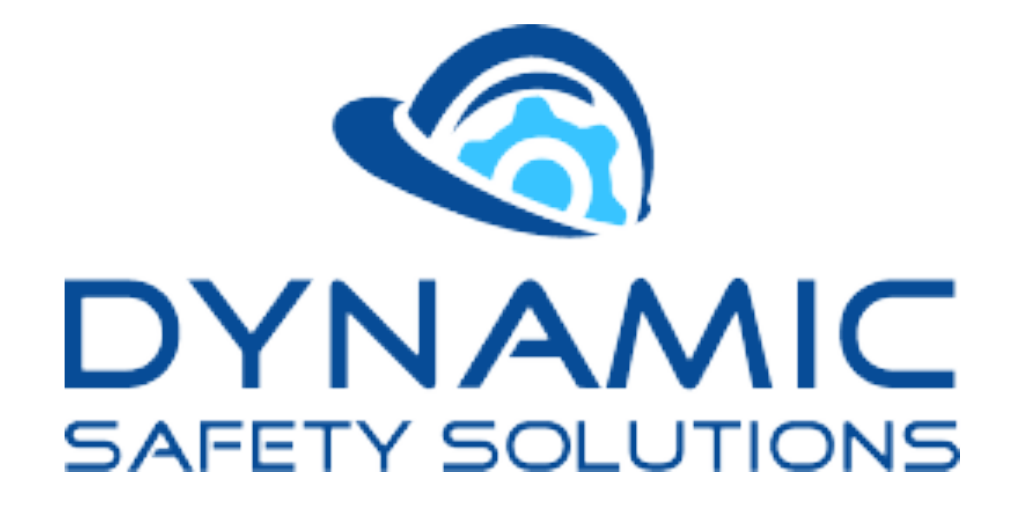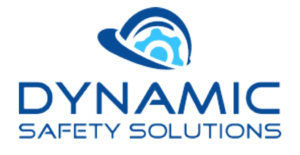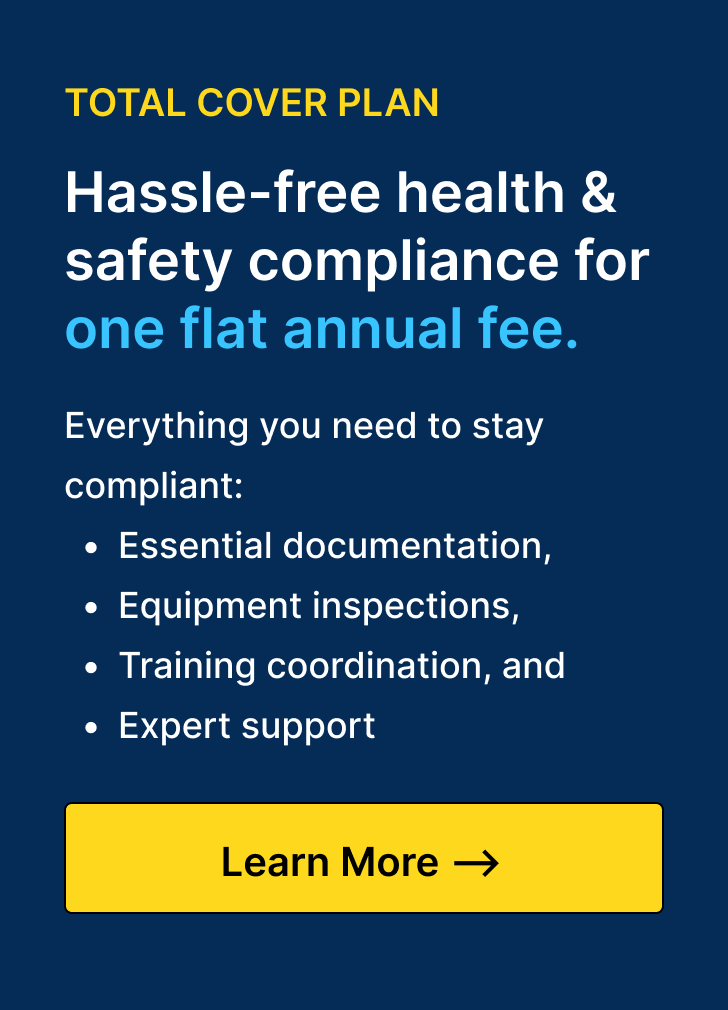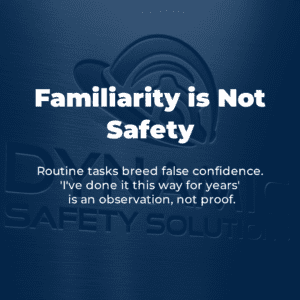Health and Safety Authority (HSA) inspections play a vital role in promoting safe workplaces across Ireland. Whether announced or unannounced, inspections assess compliance with relevant legislation and encourage best practice. Being prepared can make the process smoother and help employers avoid potential enforcement actions. In this article, we outline what an inspector does, how to prepare, and the key to successfully managing your health and safety obligations.
What the inspector does
Health and Safety Authority Inspectors carry out inspections across all work sectors and work activities which come under the relevant local legislation.
Some workplaces are pre-selected for inspection from databases, based on risk and previous history with the Safety Authority (e.g., has a particular employer any outstanding enforcement actions due for compliance with, has this company reported a serious accident recently, or was a complaint made to the Authority about them?).
However, most inspections are targeted at the high-risk sectors such as construction, agriculture, forestry, manufacturing, mines, quarries, transport of dangerous goods by road, or the chemical sectors.
These sectors are set out in the HSA’s Annual Work Programme. Each inspector picks the premises to be inspected based on their local knowledge.
Other inspections can be part of a campaign (e.g., on manual handling, slips, trips, or falls, or compliance with the REACH Regulation). Approximately 5% of all visits are due to accident and/or complaint investigations.
Nobody wants to be targeted for a health and safety inspection. Even so, it always pays to be prepared.
Inspectors will:
Enforce the relevant statutory provisions.
Monitor the level of implementation and compliance.
Promote, encourage, and advise employers, employees, and other duty-holders on their legal responsibilities.
Promote preventative measures aimed at the reduction of accidents and injury.
Promote the safe use of chemicals to protect human health and the environment.
Provide information and advice on matters relating to the items under inspection.
Promote best practice in occupational safety, health, and chemical safety.
How should I prepare for an inspection?
Ideally, a company’s preparations should begin long before the threat of an announced or unannounced inspection.
This means completing and fully documenting all the relevant risk assessments, and addressing any remedial actions (or, at the very minimum, setting them in train) proportionate to the level of risk faced by the company.
An inspector will want to see that a business has the correct attitude towards health and safety and to see that ethos embedded in its culture. In advance of an inspection, ask yourself: could I answer the following questions?
Has someone in the organisation taken ownership and responsibility for health and safety matters?
Are all my health and safety policies and procedures properly documented and reviewed, with up-to-date risk assessments in place?
When were my employees last trained, and is there a need for refresher training?
Are there any outstanding remedial actions following previous interventions?
Is all the company’s machinery or equipment in good working order?
How are health and safety arrangements supervised and escalated to senior management?
For guidance on health and safety consultancy services or training support, Dynamic Safety Solutions can assist.
Key to success
Safety statement implementation is the key to success with health and safety management in any workplace.
The inspector will need to see clear evidence for this from the person responsible for Health and Safety or the Health and Safety Consultant. To properly implement the safety statement employers must put in place a safety and health management system which suits its needs but gets the job done.
The safety statement may need to cover an employer’s responsibilities for several workplaces or many work locations under its control and the means for doing this will need to be clearly set out.
This safety system must ensure that everyone in the workplace – from the CEO down to front-line employees – knows what is expected of them with regard to employee safety and health.
All staff need to know the health and safety rules they must follow at their workplace, and the rules employers must follow to comply with safety and health laws.
A preventative role
The Inspectors’ primary focus is a preventative one – to raise awareness among employers, employees and other duty holders on their responsibilities under the legislation.
Typically:
10% of inspections result in formal enforcement actions.
45% result in a written report of inspection.
The remainder are advisory in nature.
Be ready for your next inspection
Dynamic Safety Solutions offers expert support with safety statement development, health and safety consultancy, and compliance training.
Contact us today to ensure your workplace is fully prepared for any health and safety inspection.







